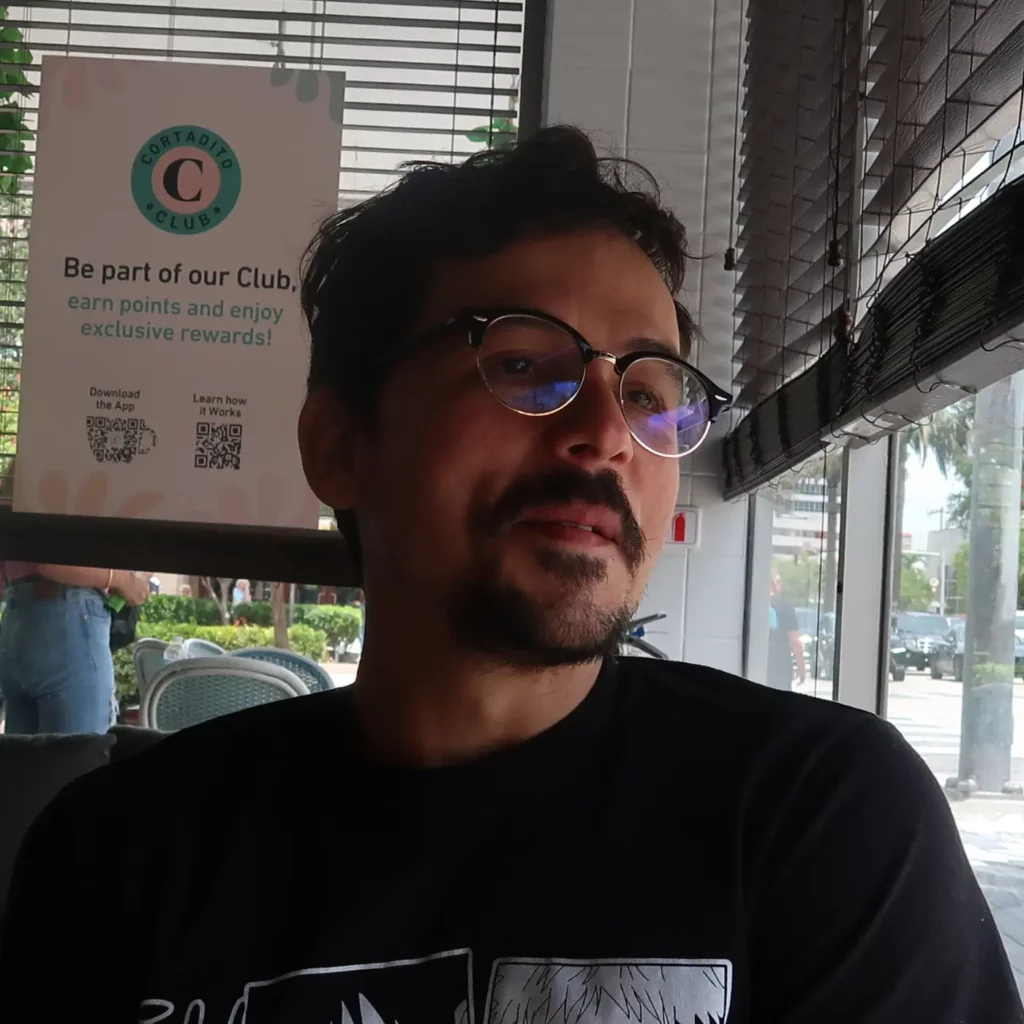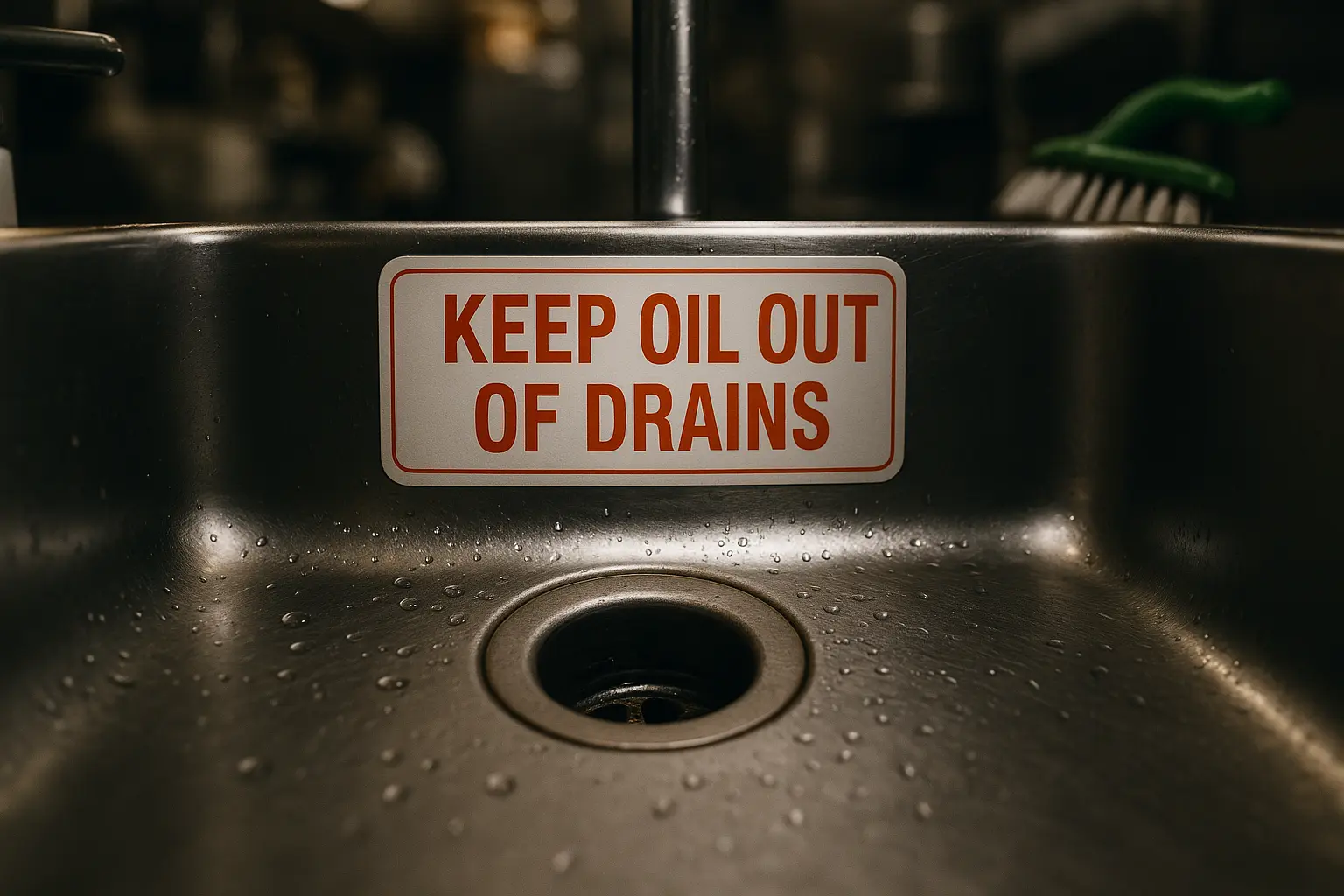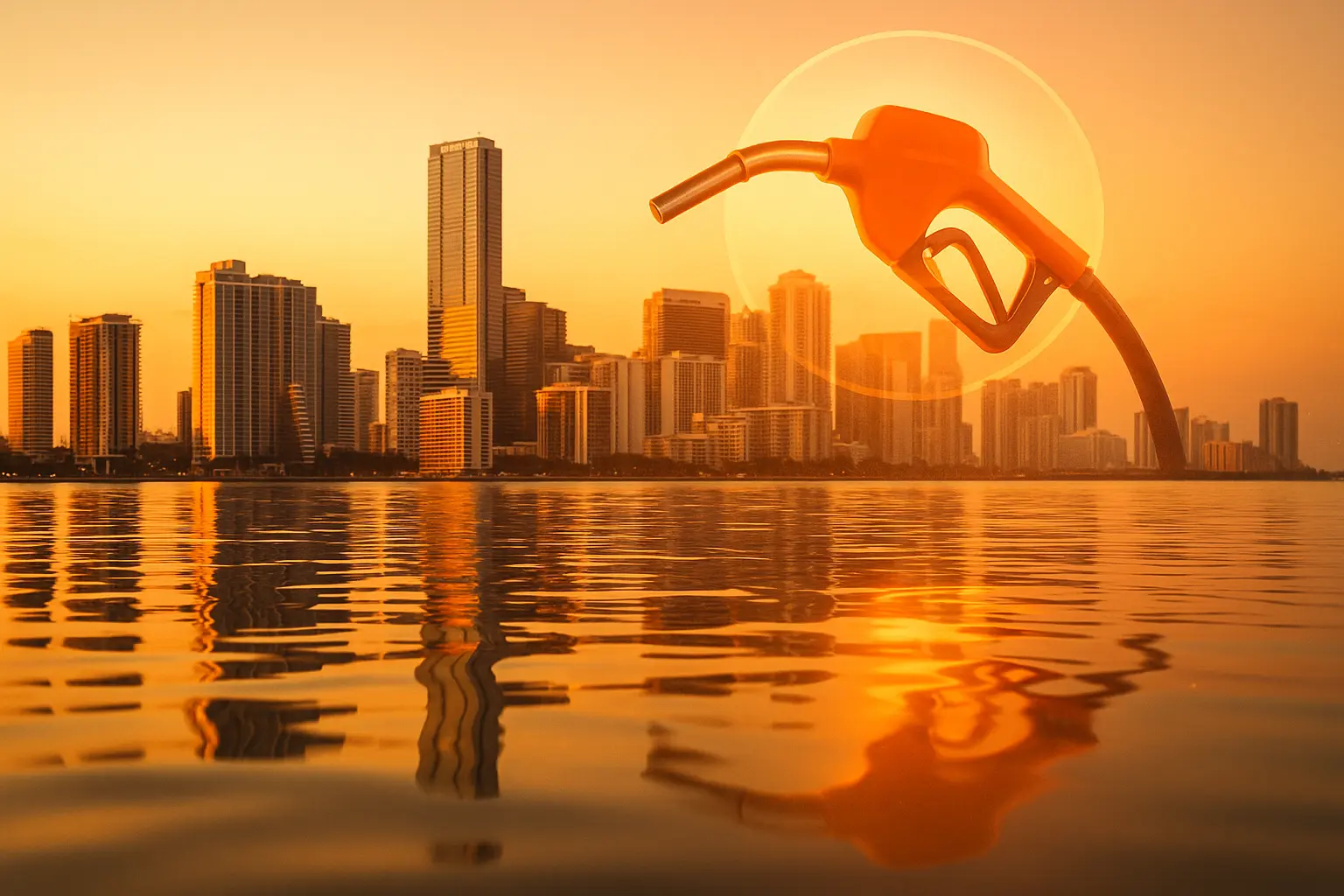What happens when a legal marketer enters the used cooking oil industry? Surprisingly profitable parallels.
By Jorge Argota, Co Founder of Grease Connections
After years helping law firms acquire clients at $300-$1,200 per lead, I entered the grease recycling industry. What I discovered shocked me: the same principles that help attorneys sign retainers also help restaurants sign oil collection agreements.
The KPIs are different, but the psychology is identical.
Why a Legal Marketer Got Into Grease
When you’ve spent years in legal marketing, you develop an eye for compliance-driven industries with high customer acquisition costs. Used cooking oil recycling checked every box:
- Heavy regulations (FOG compliance)
- Fear-based decision making (EPA fines)
- Long-term contracts (multi-year agreements)
- Trust-dependent relationships (handling waste liability)
Sound familiar? Replace “FOG compliance” with “statute of limitations” and you’ve described personal injury law.
5 Legal Marketing Tactics That Transformed Our Grease Business
1. The Intake Funnel Mathematics
In Legal: Top PI firms track cost-per-lead religiously: $300-$400 for personal injury, $800-$1,200 for medical malpractice. They know exactly which billboard, Google Ad, or TV spot generated each call.
In Grease: We track cost-per-gallon to acquire new restaurants: $0.38-$0.55. Same ruthless attribution, different unit of measurement.
The Crossover Secret: Whether tracking legal leads or grease gallons, the business that knows its true acquisition cost wins. Most competitors in both industries still can’t connect marketing spend to signed contracts.
2. First-Call Close Methodology
In Legal: Elite intake teams convert 65%+ of qualified callers because they’re equipped with:
- Fee agreement templates
- DocuSign access
- Authority to make decisions
- Urgency-creating scripts
In Grease: Our drivers achieve 93% close rates using the exact same toolkit. They won’t leave a restaurant without an e-signed service agreement.
The Crossover Secret: I trained our drivers using the same intake scripts I wrote for law firms. “Mr. Restaurant Owner, I can lock in your FOG compliance today…” works just like “Mr. Smith, I can protect your injury claim today…”
3. Compliance Fear as Marketing Fuel
In Legal: Attorneys know that searches for “statute of limitations [state]” indicate immediate need. Miss the deadline, lose your rights forever.
In Grease: Restaurant owners searching “grease trap fines [city]” have the same urgency. One failed inspection can cost $2,500+.
The Crossover Secret: We borrowed the legal industry’s “compliance content cluster” strategy:
- What is it? (Educational piece)
- Why does it matter? (Fear/benefit piece)
- What’s the penalty? (Urgency piece)
- Free assessment (Lead magnet)
Our “Grease Trap vs. Interceptor Guide” pulls the same traffic as a law firm’s “Mediation vs. Trial” explainer.
4. The Fatberg = The Class Action
In Legal: When a major verdict hits the news, smart firms rush to publish “What This Means for You” content. First to explain wins the media cycle.
In Grease: When San Francisco spent $85,000 removing a downtown fatberg, we used the law firm playbook:
- Same-day blog post
- Media pitch with expert quotes
- Email blast to nearby restaurants
- Social media explainer videos
Result: 18% increase in new contracts, just like law firms see after major verdicts.
5. Lifetime Value Optimization
In Legal: A PI client worth $18,000 in fees can generate $21,960 through referrals. Smart firms nurture past clients quarterly.
In Grease: A restaurant generating 360 gallons annually is worth $2,052 over 5 years. We borrowed law firms’ “quarterly check-in” model for our “satisfaction cleanouts.”
The Crossover Secret: The Pareto Principle applies everywhere – 20% of clients generate 80% of referrals, whether they’re injury victims or restaurant owners.
Technical Infrastructure: Same Systems, Different Data
CRM Architecture
- Legal: Case management systems tracking SOL deadlines
- Grease: IoT sensors tracking tank capacity
- Both: Automated alerts preventing costly misses
Geographic Targeting
- Legal: Geo-fencing high-value zip codes for slip-and-fall cases
- Grease: Route optimization for collection efficiency
- Both: Density equals profitability
Reputation Management
- Legal: Google reviews from satisfied clients
- Grease: Compliance certificates for health inspections
- Both: Social proof drives conversions
Why This Matters for Both Industries
For Law Firms:
Look beyond legal for marketing inspiration. A grease recycling company achieving 93% close rates has lessons for your intake team. Sometimes the best practices come from the greasiest places.
For Restaurants:
When choosing a grease recycling partner, work with someone who understands compliance marketing. At Grease Connections, we speak your language because we’ve helped hundreds of businesses navigate complex regulations.
The Bottom Line
Whether you’re signing retainer agreements or grease collection contracts, success follows the same formula:
- Know your acquisition costs down to the penny
- Close on first contact with the right tools
- Create compliance content that captures fear-driven searches
- Turn industry events into marketing opportunities
- Calculate and optimize lifetime value religiously
Connect the Dots
Curious how legal marketing principles could transform your business? Or need FOG compliance help from someone who understands regulatory industries?
- Learn about our legal blog posts
- Read our Grease Trap vs. Interceptor Guide (structured like a legal brief)
- Schedule a Free FOG Compliance Audit (yes, we use the same intake forms as law firms)
About the Author: Jorge Argota spent 15+ years optimizing legal marketing funnels before founding Grease Connections. He’s ServSafe® certified and applies the same data-driven approach that helped law firms acquire thousands of clients to help restaurants manage their used cooking oil responsibly. When he’s not analyzing collection routes, he’s teaching intake teams why a grease truck driver’s close rate beats theirs.








